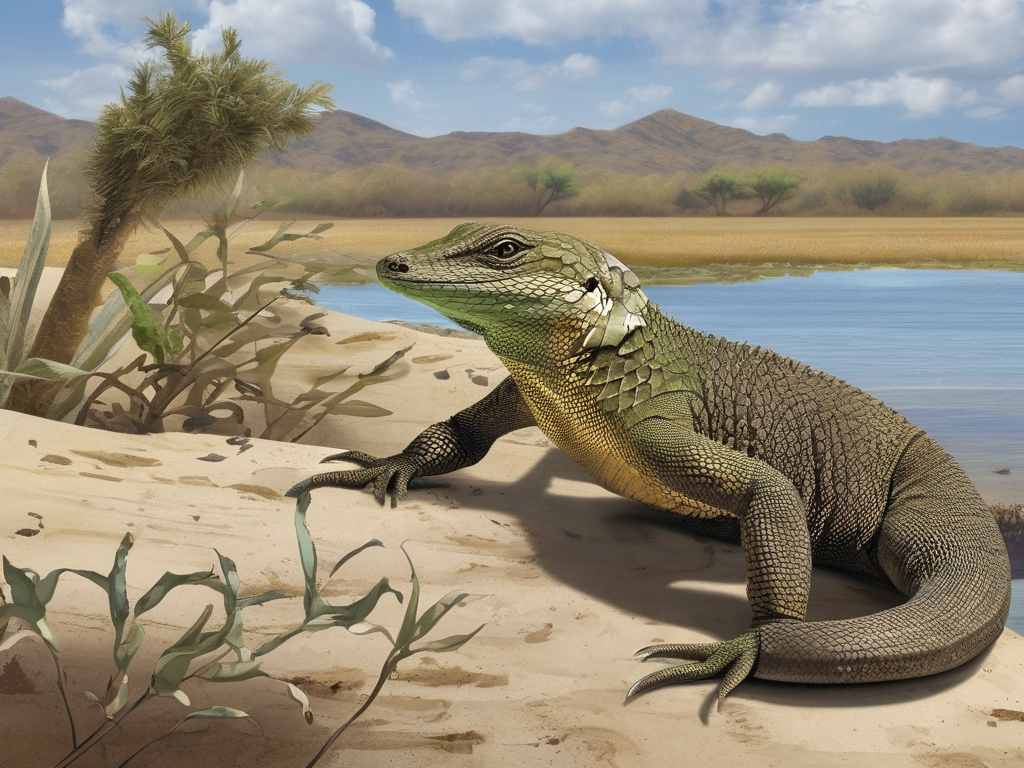
## A Lizard, a Language Model, and My Slowly Crumbling Faith in Progress
So, a water monitor lizard hopped a state line. Seriously? That’s apparently less surprising than the current state of large language models. We have reptiles wandering freely between Massachusetts and Connecticut, presumably searching for delicious insects and bewildered birdwatchers, while these… *things*… are supposed to be revolutionizing everything from customer service to poetry. And yet, they feel more like that escaped lizard – unpredictable, potentially destructive if left unchecked, and ultimately just a bit absurd.
I’m talking about the 3-12b model, naturally. The one everyone’s breathlessly declaring will change the world. It spouts words! It *sounds* intelligent! It can even generate code, supposedly. But let’s be honest, it’s also prone to hallucinations so spectacular they make a water monitor lizard crossing state lines seem understated.
It’s like we’ve created these digital beasts, expecting them to behave like miniature Einsteins, and then are shocked when they decide to chase butterflies through the internet instead of solving complex equations. We marvel at their ability to string sentences together while ignoring the fact that those sentences often make absolutely no sense in context. It’s impressive, sure. But is it *useful*?
The hype machine is working overtime, promising a future where language models will handle all our problems. Meanwhile, I’m struggling to get it to consistently differentiate between a cat and a ferret. A lizard can find its own food. This thing requires carefully crafted prompts and endless tweaking just to avoid generating something… embarrassing.
Perhaps we should focus less on building artificial brains and more on keeping exotic pets securely contained. At least a lizard’s chaos is relatively harmless. The potential for unintended consequences from these digital creations? That’s a whole different, far more alarming, species of beast entirely.